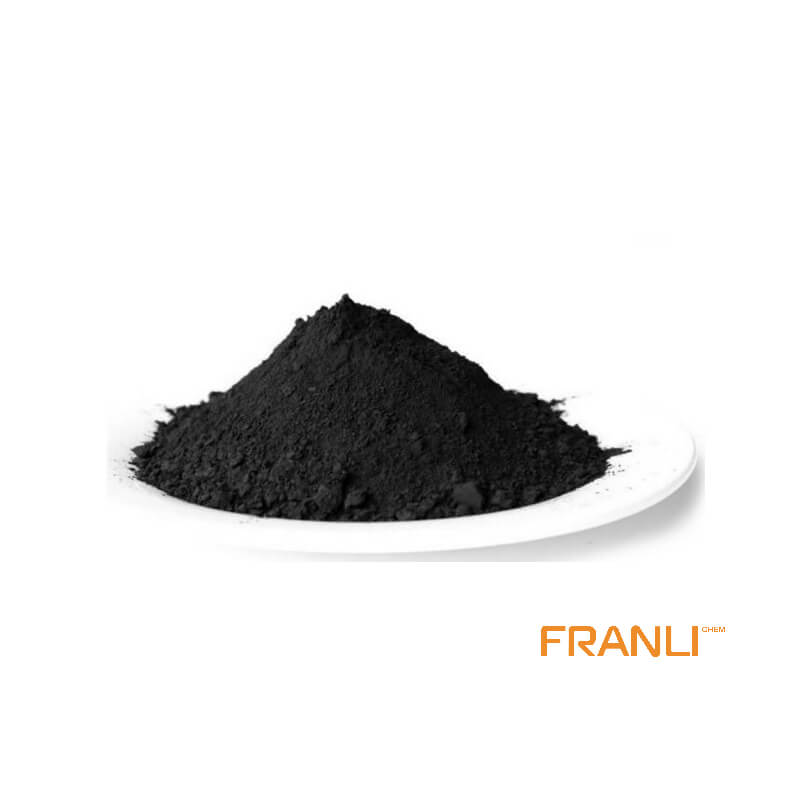Graphite Nanoplatelets
Size
50um/20um/10um
Package
According to customer requirements
Features
High strength, high electrical conductivity, etc.
Application
Can be used as filler(between 0.01% and 5%).
GN(Graphite Nanoplatelets) has excellent properties, such as mechanical properties, lubrication properties and electrical conductivity. It has large diameter thickness ratio, small size and nano thickness, so it is easy to form a good composite with polymer materials. Therefore, it can be used as a modifier in rubber, lubricating oil, polymer and other materials to improve the mechanical properties, lubricating properties and electrical conductivity of the base materials.
Request a quote
Role of large size graphite nanoplatelets
Recently, the innovative team for energy, water & air, composed of Professor Wang Ruzhu and Associate Professor Li Tingxian from the Institute of refrigeration and cryogenic engineering of Shanghai Jiaotong University, cooperated with Professor Deng Tao from the school of materials and Professor Bao Hua from the University of Michigan, A research paper entitled “high performance thermally conductive phase change composites by large size oriented graphite nanoplatelets for scalable thermal energy harvesting” was published in advanced materials, a top journal in the field of materials. A new idea of thermal design for synthesizing high thermal conductivity composite phase change materials by constructing large size graphite nanoplatelets was proposed. Through ingenious material design, the research team adopted low-cost and high-yield expanded graphite as a heat conduction enhancement additive and obtained a better heat conduction enhancement effect than high-cost graphene. This method is expected to accelerate the commercial application of phase change materials in large-scale heat storage and thermal management of electronic devices. The first author of this paper is Professor Gu Si and Associate Professor Li Tingxian, Ph.D. students of Refrigeration Institute. The corresponding authors are associate professor Li Tingxian, Professor Wang Ruzhu, and Professor Deng Tao.

With the increasing shortage of energy, more and more attention has been paid to energy storage technology. Energy storage technology can match energy supply and demand in time, space and intensity, and improve energy efficiency. 90% of the global energy budget revolves around the conversion, transportation, and storage of heat. Therefore, heat storage technology plays a very important role in heat allocation and improving the comprehensive utilization efficiency of energy. Latent heat storage based on phase change materials has the advantages of high heat storage density, nearly constant temperature during heat release, simple structure, and low cost. However, the low thermal conductivity of phase change materials seriously limits its charging / discharging power and thermal response speed, which further restricts its practical application. The existing synthesis methods of composite phase change materials mainly use two-dimensional carbon materials (such as graphene nanoplatelets, multilayer graphene, and monolayer graphene) as additives to enhance the thermal conductivity of phase change materials. These two-dimensional carbon materials have ultra-high intrinsic thermal conductivity (> 1500 W / MK) at the micro nanoscale. However, the thermal conductivity of the composites is not ideal due to the large contact thermal resistance and the anisotropy of thermal conductivity. Even if the content of two-dimensional carbon material is as high as 50 wt%, it is still a challenge to obtain composite phase change materials with thermal conductivity higher than 10 W / MK.
In this paper, the concept of synthesizing high thermal conductivity composite phase change materials by directly constructing large-scale graphite nanoplatelets from natural graphite sheets is proposed. The advantages are: (1) using natural graphite sheets to directly obtain large-scale graphite nanoplatelets are low-cost and easy to prepare( 2) During the synthesis of the composites (including PCM particle adhesion, PCM coating formed by melt adsorption, pressure-induced directional assembly of graphite nanoflakes, etc.), large-scale thermal skeleton reconstruction is realized. When the additive content is less than 40 wt%, the thermal conductivity of the composite can reach 35 W / MK. In addition, the obtained composite phase change materials have high thermal conductivity and thermal efficiency at the same time. Through comparison, it is found that the thermal conductivity is 2 ~ 6 times higher than the data in the literature.

On the basis of the above, the application of high-performance composite phase change materials is also studied, and the preparation method of heat management device with high thermal conductivity direction and heat transfer direction coordinated is proposed, By combining composite phase change materials with heat exchange tubes, 1kwh high-efficiency heat storage devices and 15kwh high-efficiency phase change heat storage system were developed. In addition, the composite phase change material used in the thermal management of power batteries can effectively control the temperature of the battery at a high rate and prolong the working time.
The research work is supported by the innovative research group project of the National Natural Science Foundation of China (51521004) and the national key R & D Program project (2018yfe0100300). The site team led by Professor Wang Ruzhu has published papers in Joule, license, and research. The team is committed to solving cutting-edge basic scientific problems and key technologies in the interdisciplinary fields of energy, water, and air, aiming to achieve the overall solution of material device system level through interdisciplinary, and promote breakthrough progress in related fields.




